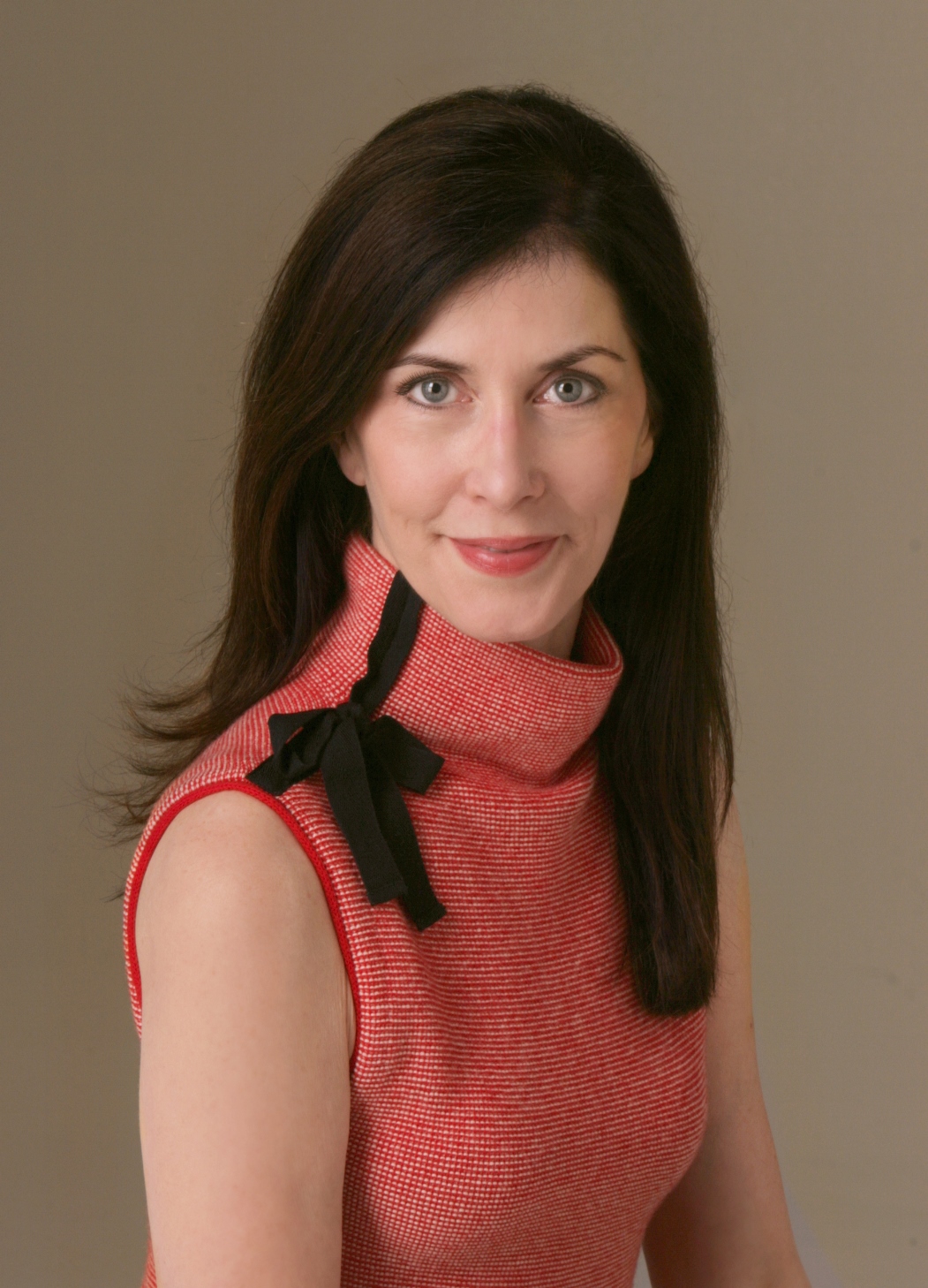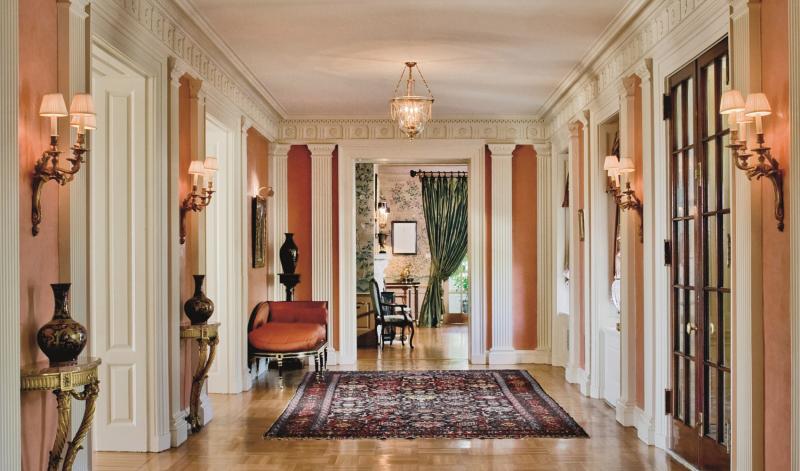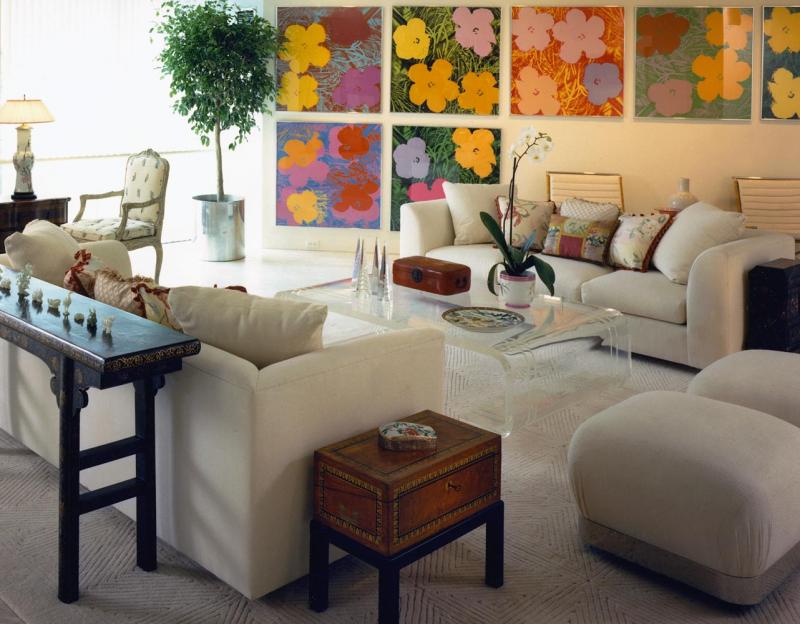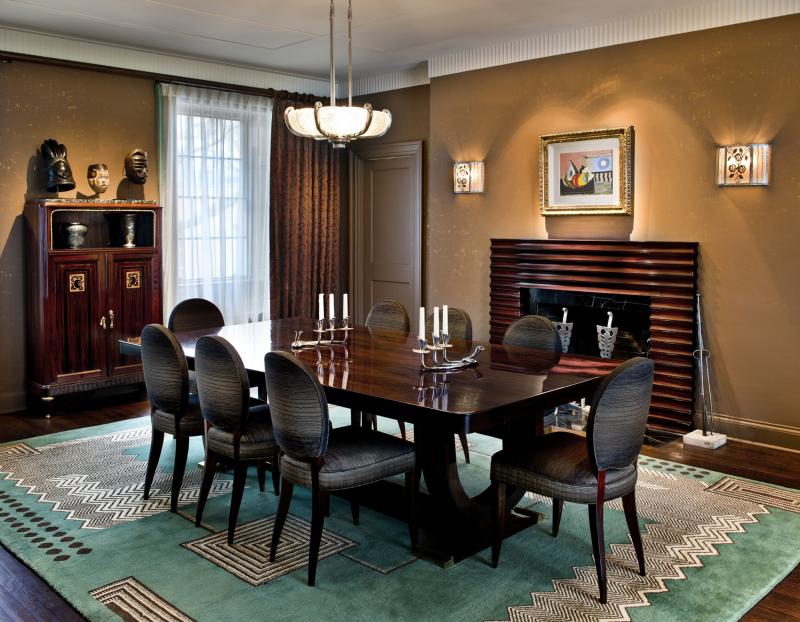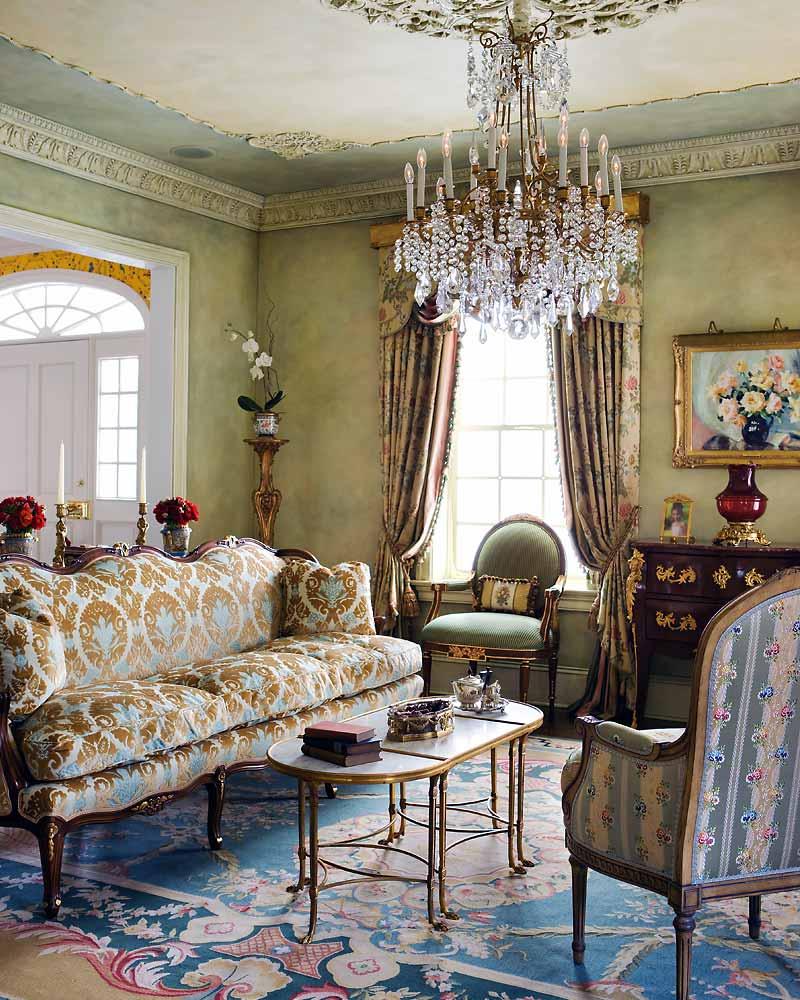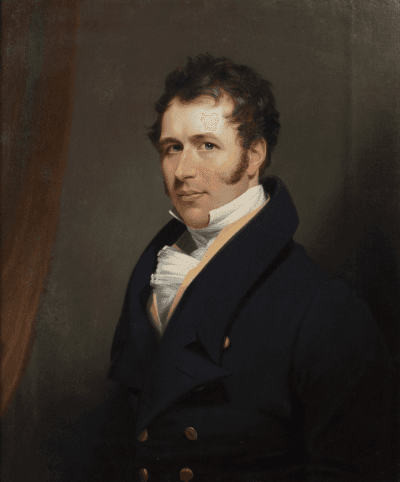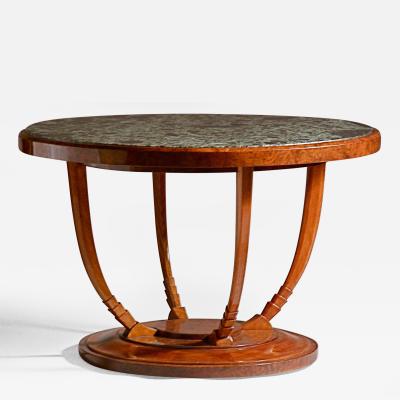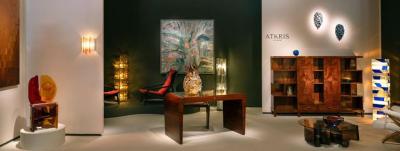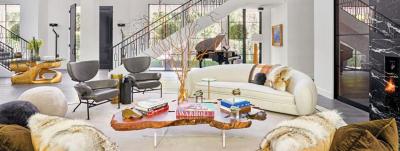The Tastemakers: A Conversation with Interior Designer Barbara Eberlein
Barbara Eberlein’s zeal for history, architecture, and the arts is boundless. After graduating from the University of Chicago with a degree in Ancient History and Religion, Eberlein went on to study architecture and decorative arts at an array of distinguished institutions, including the Harvard University Graduate School of Design, Winterthur Museum, The Philadelphia Museum of Art, The National Gallery, The Metropolitan Museum of Art, and the Institute of Classical Architecture & Art (to name a few). This unquenchable thirst for knowledge coupled with an inherent elegance has helped establish Eberlein, who founded her firm in Philadelphia in 1984, as one of the foremost figures working in interior design today.
Well-known for her expertise in the restoration of significant historic structures, Eberlein moves nimbly between styles and is quick to profess her love for contemporary projects. Whether she’s working on a Gilded Age estate or a deliciously modern beach house, Eberlein excels at creating exquisitely curated and supremely livable interiors.
We caught up with Eberlein to discuss the importance of drawing, the great lady decorators of the early-twentieth century, and much more.
InCollect: Your academic and professional training is incredibly comprehensive and very much rooted in tradition. What sparked your interest in the classics?
Barbara Eberlein: I have a very unusual background for a designer. If I looked at my resume, I probably wouldn’t hire me! I trained in ancient history, the classics, and archaeology and decided that I wanted to create buildings that had the same kind of magic, elegance, and proportions. So I went back to school and started all over again. Archaeology is an incredible field that requires unbelievable patience and I think that my experience has served as an important source of distinction in the way that I think and the way that the firm approaches projects. We do lots of research—it’s about learning to not necessarily go with the first solution that strikes, but to keep digging deeper and deeper.
InCollect: Your firm specializes in the restoration of historic residences and landmarks. Can you talk about why this is important to you? Are there restorations that you have worked on that are particularly personal or inspirational?
BE: We’re known for restorations of historic properties, but I must say that I love doing contemporary projects as well. One thing that is important to me for all projects is ensuring that buildings have long lives. If you’re creating a building with inherent integrity, those are the houses that survive for generations—they can morph, evolve, and respond to the people who live in them. One element that I love about restoration is that you get to translate all of this richness, expressionism, and architectural language into something that is new and fresh and resonates today—it’s living history. Part of what is thrilling for us as designers, is the ability to be interactive and to look at the world around us and orchestrate all of the beautiful elements to create something unique. One one my favorite restorations was a home designed by Horace Trumbauer (pictured above) that has always been lived in by the same family. My client was the grandson of the original owner and instead of wanting everything to be new and shiny, which would require tearing out the elements that made the home special, he said something to me that I’ve never forgotten, and it’s really the goal of restoration in my mind. He said, ‘Make her the beautiful old lady that she is.’ It’s all about that gentle approach where you’re keeping your eyes open so that the home is responsive and relevant.
InCollect: Are there any design movements, periods, etc. that you are particularly fond of or find yourself returning to again and again?
BE: My real goal in life is to be a time traveler—I want all of it! But more than a particular movement, I imagine living in different centuries and countries. I love those periods in history where there was huge intellectual transfer of richness of material culture. Seventeenth-century Italy, eighteenth-century France, nineteenth-century England, twentieth-century America—during all of those eras they were focused on the importance of the discovery and expression of art and the importance of having patrons that supported art, architecture, design, and decorative arts at a very high level. They also looked to other cultures and really created a synthesis of aesthetics.
InCollect: You are an avid traveler. What are some of your favorite places and what do you love about them?
BE: If I had to pick a few, I would choose the places that have had a profound impact on how I think about beauty and culture. In India, I have never seen so many people fully embrace color, exuberance, and ornament. At times it seems overwhelming—it’s almost relentless—but that visual richness is what makes it so spectacular. The other side of that coin would be Japan. The details, aesthetic, and refinement—it’s all there, but it’s such a different expression. There is a harmony that’s so valued and the thoughtfulness and mindfulness is what makes the aesthetic of that culture so unique. Every detail is carefully thought through. It transcends luxury—it really effects everything they do. Everything is rooted in the question, is this beautiful? Italy is another big one. I don’t think any of us could live without Italy and its zest for life. Talk about people who know what’s to life and the senses! Some of the most interesting travel and design experiences have happened on trips that I would have least expected. Like Iceland—it is so profoundly beautiful and sort of elemental. I was captivated by the people and culture and their way of expressing beauty. Another surprise was Myanmar. To see literally thousands of Buddhist temples in one small town made me think differently about how people express what’s important to them.
InCollect: Who are some of your favorite designers (past and present)?
BE: My personal hero is Renzo Mongiardino. He was a master at creating fantasy, mood, and illusion. He really taught the world a lot about creating something that is unique, that takes elements that you think couldn’t possibly work together, and proportions that bend the rules in the most interesting way, and coupling that with luxurious materials as well as faux materials. The end result is just unbelievably atmospheric. Also the great lady decorators of the early-twentieth century. I really can’t imagine the world without them. The confidence in their personal aesthetics is unparalleled—they were just so fierce and focused. Not only were they great decorators, but they were great examples of female business leaders. I also admire David Mlinaric for his astonishing range and erudition.
InCollect: What is your favorite room to design? What about that room appeals to you?
BE: I think dining rooms are astonishingly interesting to approach—it’s like a mini-stage set within your own house. You bring people into your home and the dining room is where you connect with them in new ways, where you share things. The creation of that setting is really unique. When clients talk about experiences they’ve had in their house, they often talk about dinner parties and they will say something about connecting and enjoying the atmosphere and talking until three in the morning—that’s when you know you got it right.
InCollect: What is your favorite part of working with a client on a project?
BE: The very beginning and the very end. The beginning is fascinating. It’s a new relationship and you’re helping a client draw out and express their dreams—even the ones that they don’t know they're thinking about. You encourage them to talk about things they would love to have in their life, the way they want to live. And then you get all of those musings organized into goals and the fun starts—the problem solving! That leads to that final reward—the finished building. But to get there, you have to do an awful lot of obsessing. I think that it’s important to take that idea of the perfect solution and throw it off just a bit so that it seems more personal to the client—it creates a dynamic feeling between the mind and the eye. If everything is perfectly balanced, you won’t be questioning what that element is about. If things are just a little wonky, they’re much more interesting.
InCollect: What is something our readers might not know about you (i.e., a secret hobby, passion or interest)?
BE: I listen to classic rock and roll—Jimi Hendrix, Led Zeppelin, the Rolling Stones. I sing and dance around like a maniac...whether or not anyone’s watching.
InCollect: What are the greatest lessons you have learned over the course of your career? What advice would you give to designers who are just starting out?
BE: Nothing is more important than listening carefully. You learn so much by listening to yourself, to your client, and as romanticized as it sounds, listening to a building. Slow down and pay attention. There is a dialogue between that structure and you and you have to listen very carefully to hear it. Also, there’s nothing that makes up for drawing. If you draw, draw everything and keep drawing—it trains your brain to think differently. That can inform what you do on the computer, but there’s something about graphite in your hand and on the paper that trains your eye and mind. Editing is also crucial. In the beginning, you want to put everything in a space—slow down and edit and be almost ruthless in your approach. Don’t lose your ability to focus on the things that are really critical. Not everything can be the star --you have to have a supporting cast. That's what makes things work well together. It’s also important to remember that if you don’t have an answer right away or an idea, don’t try to force it. Go away, do something totally different that you find intellectually intriguing. Then come back to the problem. You can do that multiple times—sooner or later, something will click. The answer is probably somewhere in your brain, you just need to get it out by looking at other things. I also can’t express enough how valuable teamwork is and how important it is to really collaborate effectively. We’re in this incredible business—we’re so fortunate. Every artist, artisan, craftsperson, has something to add—recognize their unique talents, allow them to shine, and create harmony between them all. But my greatest advice to new designers is to draw everyday, read, travel, photograph, analyze your photographs, and then go draw some more.
InCollect: What is the best compliment you’ve ever received from a client?
BE: It just happened last week. A sixteen year old said to me, ‘this isn't restoration, this is art.’ I thought I was going to cry.
Click here to view more projects by Barbara Eberlein.















